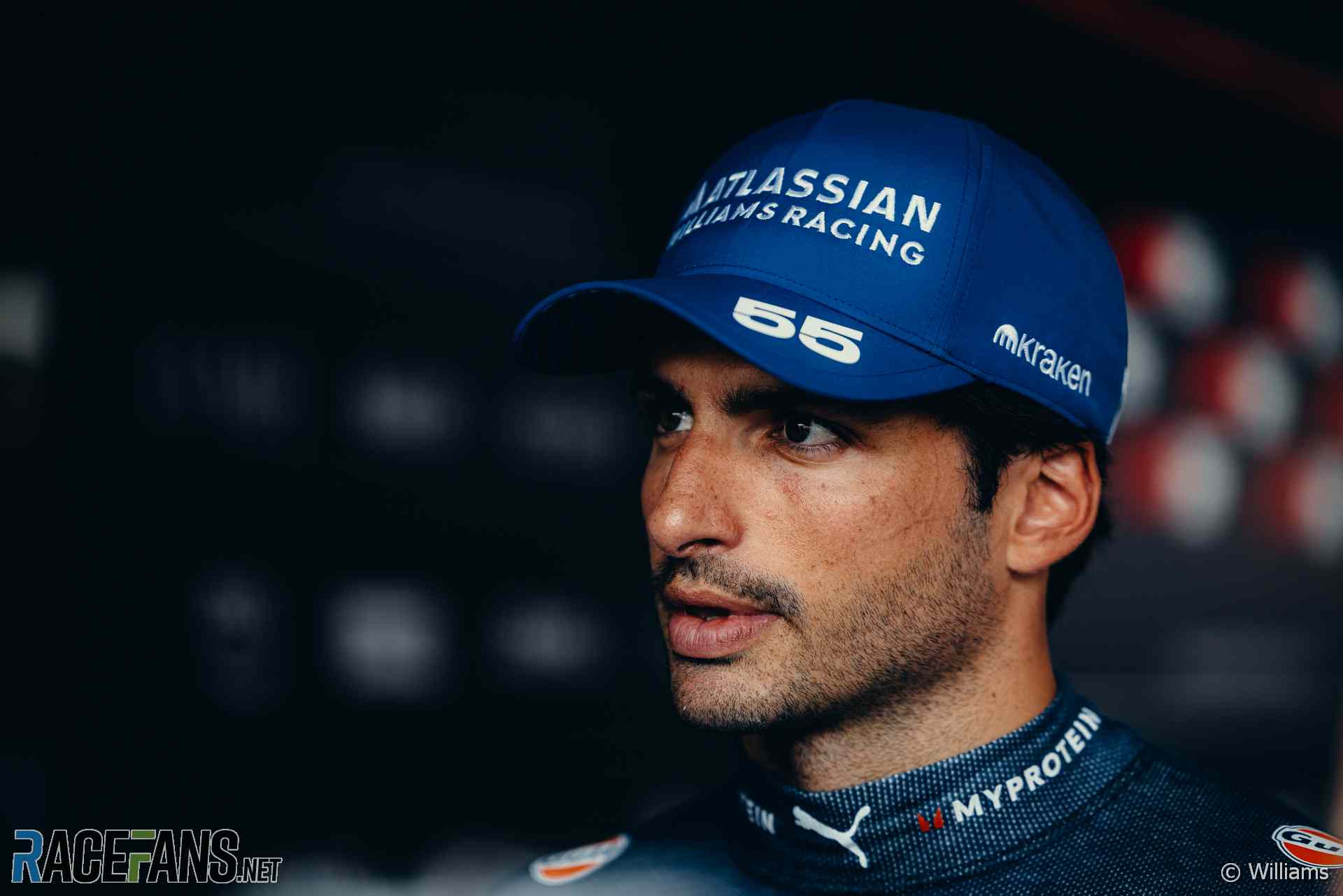Carlos Sainz Jr., a prominent figure in the dynamic world of Formula 1, has openly conveyed his profound frustration regarding his performance and the unexpected lack of favorable results since his highly anticipated transfer to Williams. His candid remarks highlight the immense pressure and competitive nature inherent in top-tier motorsport, where expectations are perpetually high for seasoned drivers.
Upon joining Williams after a significant four-year tenure with Ferrari, Sainz admitted that he had anticipated a period of adjustment. However, despite identifying numerous positive aspects within Williams’ operational approach and their meticulous preparations for the upcoming F1 2024 Season, the tangible outcomes on the track have fallen significantly short of his initial projections and ambitions.
Sainz articulated his deep disappointment, stating that “Everything that has happened actually on-track in terms of results has been incredibly frustrating and very disappointing.” This sentiment underscores the chasm between his inherent speed and competitiveness and the actual points gained, which continues to be a source of considerable vexation for the talented Spanish driver.
He further elaborated on his expectations, revealing that after a robust adaptation period with his new car, he had firmly believed he would commence securing competitive results rather swiftly. Given his demonstrated speed and competitive edge throughout the current year, the absence of these anticipated outcomes has undeniably contributed to his growing sense of frustration.
Looking ahead, Carlos Sainz Jr. harbors a strong hope that a return to the conventional race weekend format at the Hungaroring will provide Williams a crucial opportunity to gain a much deeper understanding of the significant upgrades they introduced during the preceding race. The Hungarian Grand Prix circuit is widely regarded as an excellent testing ground, familiar to all teams, which could facilitate essential data collection and analysis.
Discussions regarding Sainz’s career trajectory often pivot to hypothetical scenarios, particularly contrasting his current situation with a potential continuation at McLaren F1. It is a common inclination to analyze past decisions with the benefit of hindsight, yet the landscape of Formula 1 is subject to rapid and often unpredictable shifts, making such retrospective judgments challenging.
For context, when Sainz secured a podium for McLaren in Brazil in 2019, it marked the team’s first podium finish in five years. By the time of his departure at the close of the 2020 season, McLaren had managed only two additional podiums, enduring an eight-year victory drought that only ended the following year. McLaren F1’s third-place finish in the Constructors’ Championship in 2020 was their highest standing since 2012, with their average WCC position from 2013 to 2023 being fifth.
It is imperative to recall that as recently as 2022, McLaren found themselves outpaced by Alpine in the Constructors’ Championship. Notably, Carlos Sainz Jr. amassed a remarkable 16 podium finishes at Ferrari from 2021 to 2023, surpassing the combined 15 podiums achieved by both McLaren drivers during the identical period. This historical perspective demonstrates the formidable challenge and the strategic reasoning behind his move at the time.
McLaren’s recent dramatic upturn in form has occurred over a remarkably short timeframe, a development few would have foreseen several years into established regulations, especially given earlier design challenges. Realistically, had Carlos Sainz Jr. remained with McLaren F1 from 2021 to 2024 instead of transitioning to Ferrari, his overall career achievements would likely have been considerably less impactful, underscoring the complexities of Formula 1 career decisions.






Leave a Reply